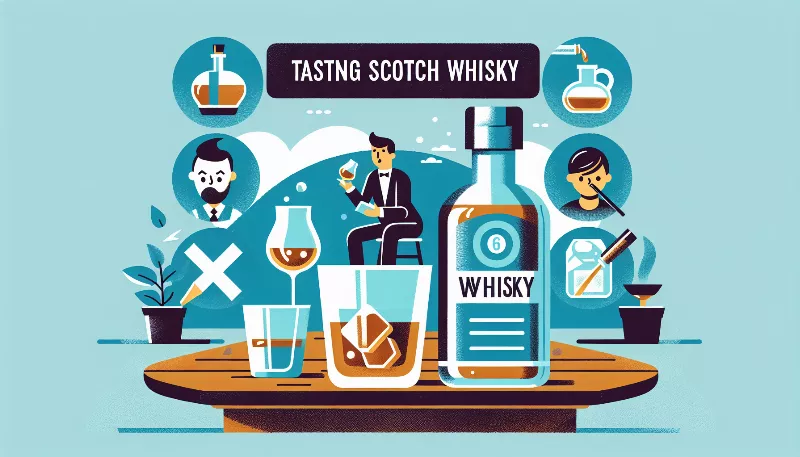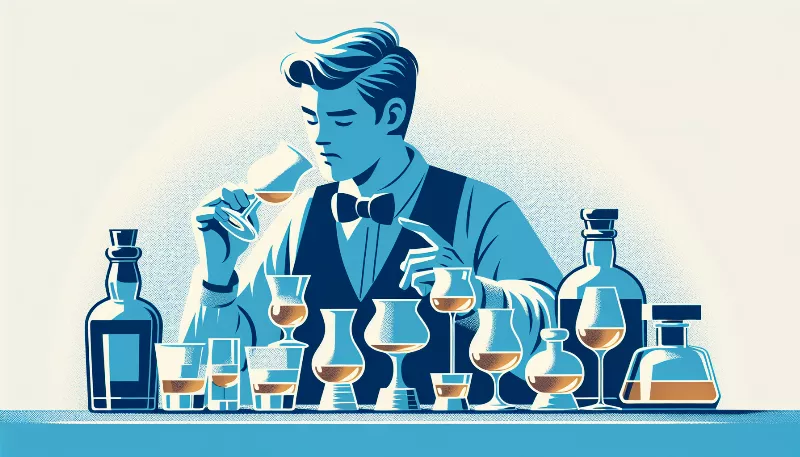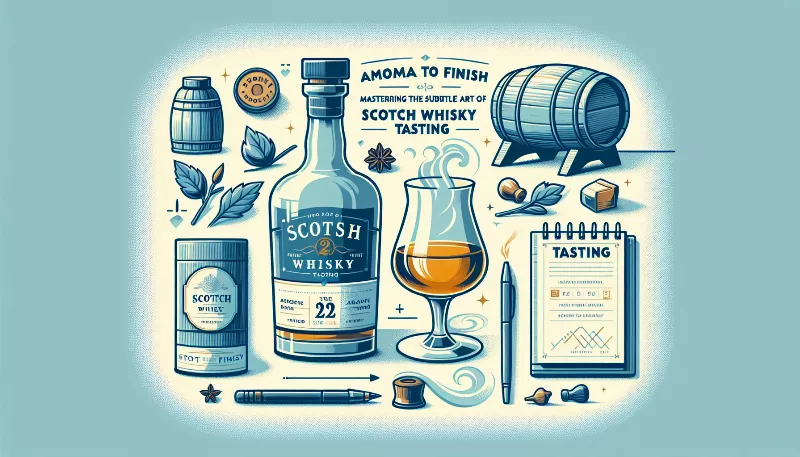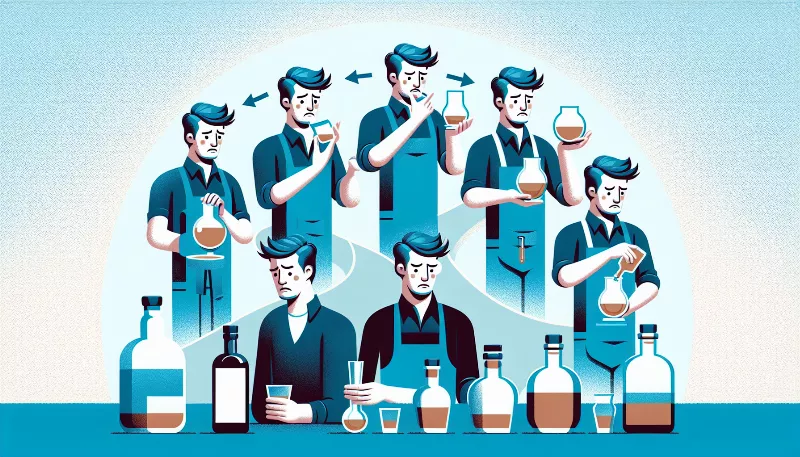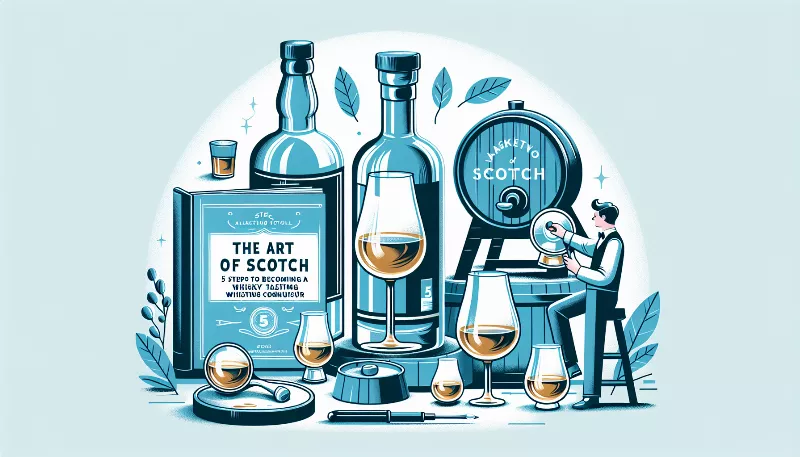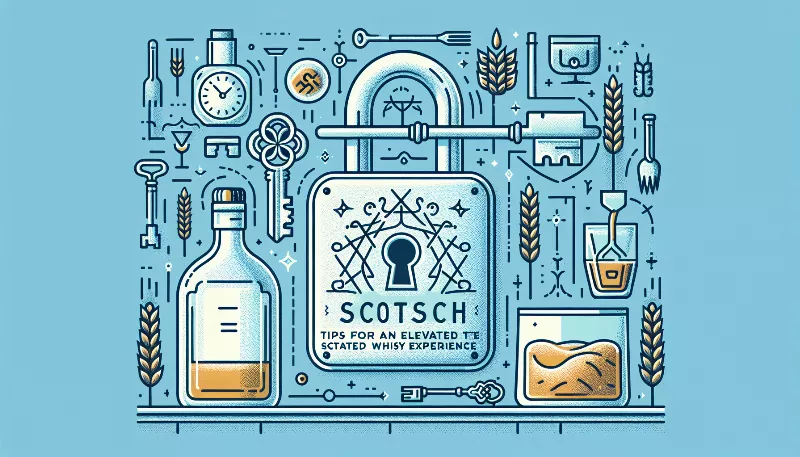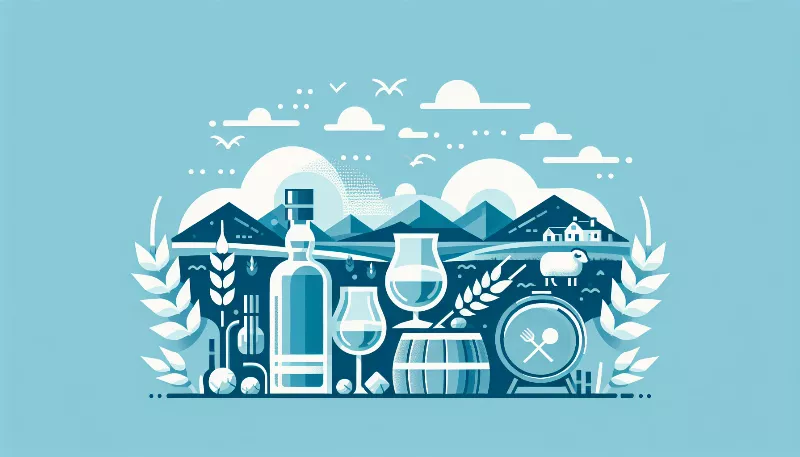Can you explain the difference between single malt and blended Scotch whisky in terms of production?
Discover the craft behind Scotch whisky with our guide on single malt and blended varieties. Taste the tradition and expertise in every sip!
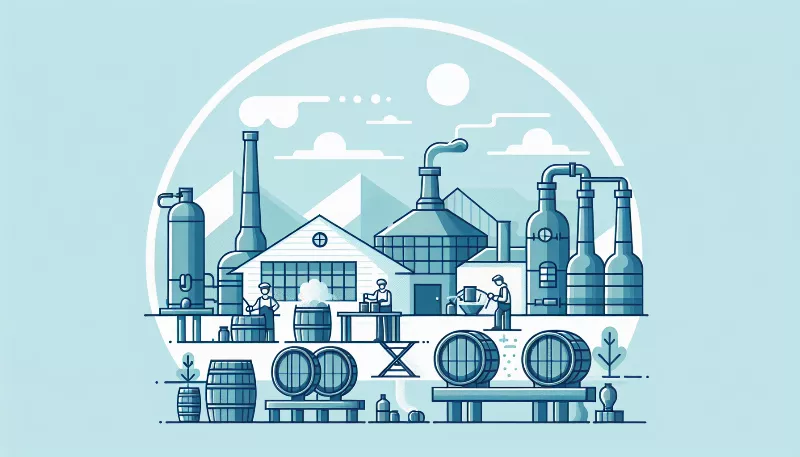
The Essence of Single Malt Scotch Whisky
Imagine yourself in the rolling green hills of Scotland, where the air is filled with the rich aroma of aging whisky. Here lies the heart of single malt Scotch whisky production, a process steeped in tradition and precision. Single malt Scotch is a whisky that comes from a single distillery and is made exclusively from malted barley. The journey begins with malting, where barley grains are soaked in water and allowed to germinate. This step is crucial as it converts the starches in the barley into fermentable sugars.
After drying the malted barley in a kiln, often over peat to impart that distinctive smoky flavor, the malt is ground into grist and mixed with hot water in a mash tun. This creates a sugary liquid known as wort. The wort is then fermented with yeast in large washbacks, transforming it into a crude alcohol called 'wash.' The magic happens in the copper pot stills during distillation, where the wash is heated and the alcohol vapors are collected and condensed back into liquid form. This distilled spirit, now called 'new make spirit,' is then matured in oak casks, developing its complex flavors over time. Each cask imparts its own character, making every single malt uniquely expressive of its distillery's signature style.
The Craft of Blended Scotch Whisky
Now, let's venture into the world of blended Scotch whisky, a symphony of flavors harmonized by the skillful hands of master blenders. Blended Scotch combines both malt whiskies and grain whiskies from multiple distilleries. Grain whisky, often made from wheat or corn, is typically lighter and milder than malt whisky. It's produced in continuous column stills, which allows for a more efficient and higher volume production compared to the batch process of pot stills used for malt whisky.
The art of blending is about creating balance and consistency. Master blenders meticulously select and combine different aged whiskies, aiming for a harmonious profile that represents the brand's signature taste. The blend might feature a high proportion of grain whisky for smoothness, complemented by a selection of single malts that contribute depth and character. The result is a versatile and approachable whisky that appeals to a wide range of palates. Whether sipped neat, with a splash of water, or as the base of a cocktail, blended Scotch whisky offers an accessible introduction to the world of Scotch while still providing complexity for the connoisseur.
In Conclusion: A Tale of Two Scotches
In essence, the difference between single malt and blended Scotch whisky lies in their production methods and the variety of flavors they offer. Single malt is the pure expression of a single distillery's craftsmanship, offering a deep dive into the subtleties of region and technique. Blended Scotch, on the other hand, is a testament to the blender's art, showcasing the skill of combining multiple whiskies into a cohesive and enjoyable experience.
Whether you're drawn to the singular character of a single malt or the harmonious blend of a fine Scotch, each sip tells a story of heritage, landscape, and the dedication to the craft of whisky making. So raise your glass to the Scottish masters who have perfected these spirits, and savor the rich tapestry of flavors that only Scotch whisky can provide!

